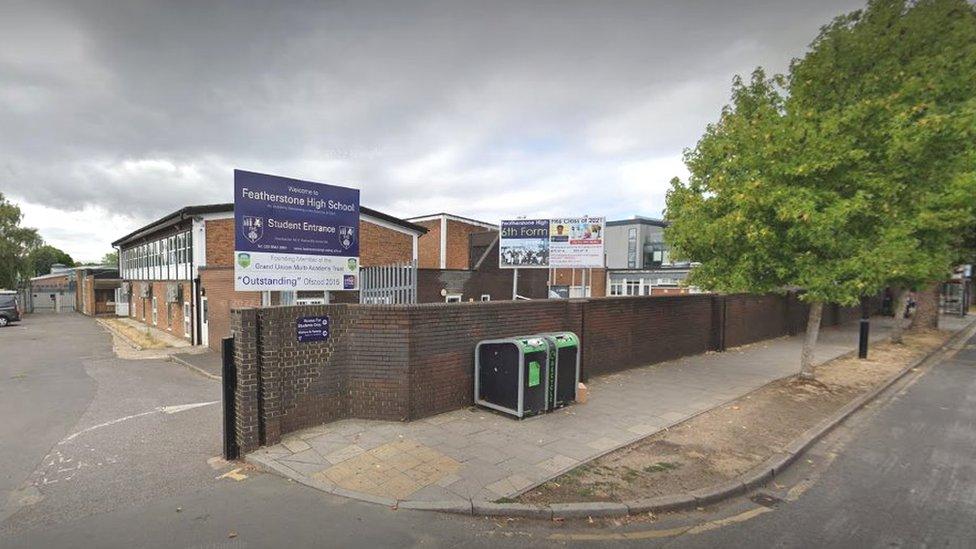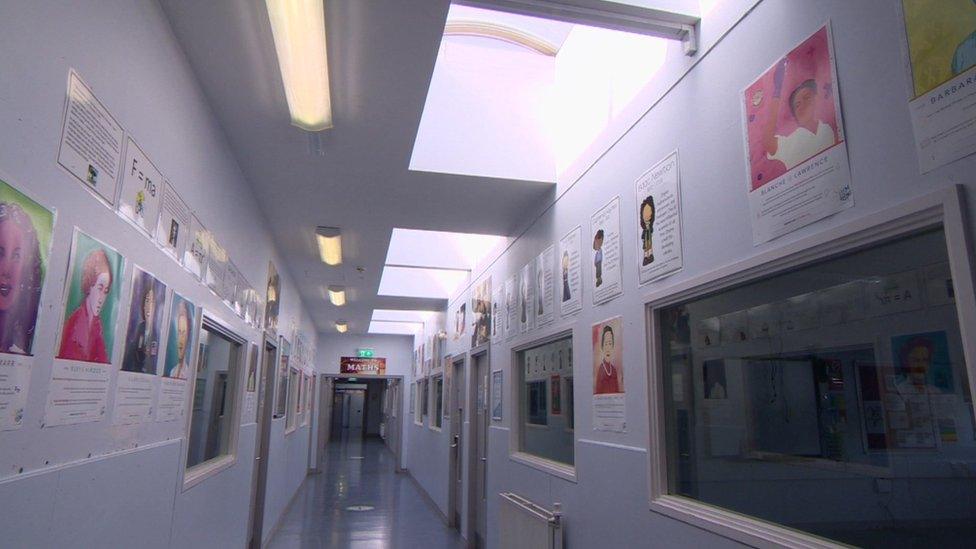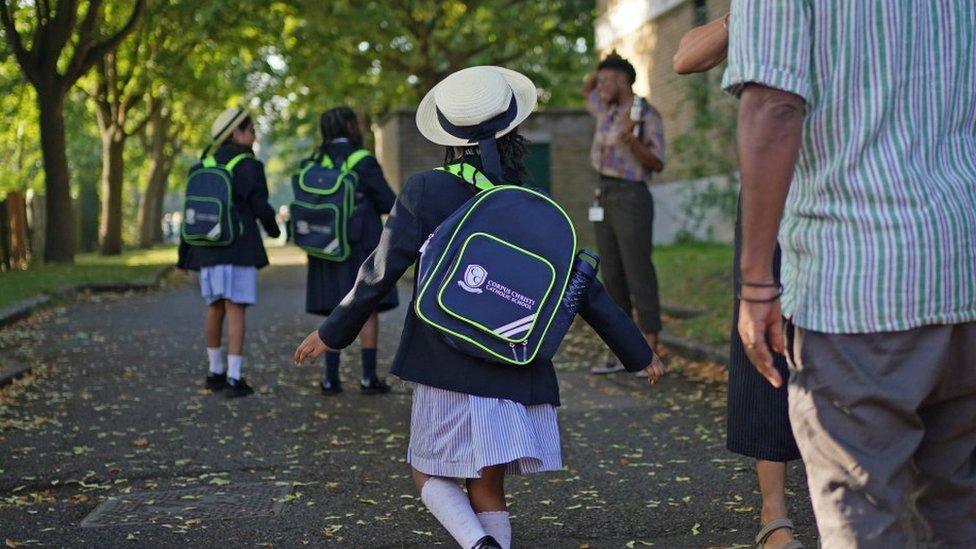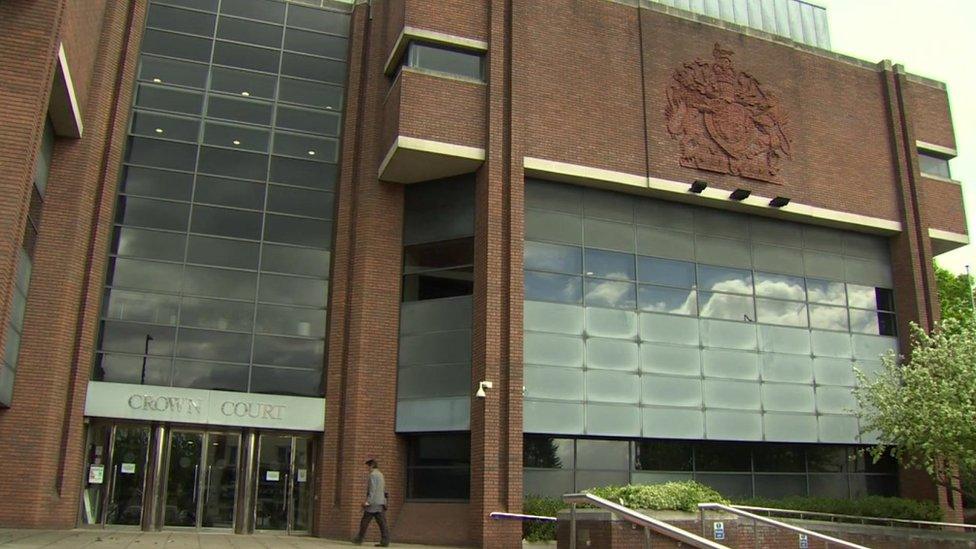RAAC: More London schools named on government concrete list
- Published

Featherstone High School in Southall is among the most recent additions to the government's RAAC list
An official list, external from the Department for Education (DfE) has revealed another 10 London schools and colleges have potentially unsafe concrete.
More than 200 schools in England have been told to close areas containing reinforced autoclaved aerated concrete (RAAC) unless they are made safe.
The most recent lists takes the total number of schools in London to 29, and is accurate as of 27 November.
The DfE previously promised to publish an updated list every two weeks.
According to the list, all pupils at the affected London establishments are able to maintain face-to-face education.

Which London schools and colleges are affected?
Barnet and Southgate College, Enfield
Featherstone High School, Ealing
St Aloysius RC College, Islington
St Mary Magdalene CofE Primary School, Westminster
St Mary's Priory RC Infant School, Haringey
Westside School, Hammersmith and Fulham
Winchmore School, Enfield
Ark John Keats Academy, Enfield
Kingsbury High School, Brent
Mulberry Stepney Green Mathematics and Computing College, Tower Hamlets
Stepney All Saints Church of England Secondary School, Tower Hamlets
The Link School, Sutton
Bishop Douglass School Finchley, Barnet
Cleeve Park School, Bexley
Corpus Christi Catholic Primary School, Lambeth
Hornsey School for Girls, Haringey
Myatt Garden Primary School, Lewisham
Park View School, Haringey
Seven Mills Primary School, Tower Hamlets
St Francis' Catholic Primary School, Newham
St Gregory's Catholic Science College, Brent
St Ignatius College, Enfield
St John Vianney RC Primary School, Haringey
St Thomas More Catholic Comprehensive School, Greenwich
The Coopers' Company and Coborn School, Havering
The Ellen Wilkinson School for Girls, Ealing
The London Oratory School, Hammersmith and Fulham
The Palmer Catholic Academy, Redbridge
Welbourne Primary School, Haringey

RAAC is a lighter, cheaper and less durable alternative to concrete that was used between the 1950s and 1990s.
It was used mostly in flat roofing, but also in floors and walls.
The Health and Safety Executive says the material is now beyond its lifespan and has the potential to "collapse with little or no notice", external.

Listen to the best of BBC Radio London on Sounds and follow BBC London on Facebook, external, X, external and Instagram, external. Send your story ideas to hello.bbclondon@bbc.co.uk, external
- Published7 September 2023

- Published6 September 2023

- Published5 September 2023

- Published25 August 2023
